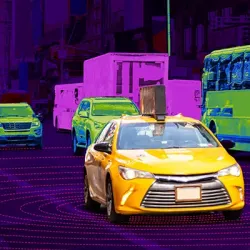Industry Knowledge
What are Generative Pre-trained Transformers (GPT)?
GPT is a technology that can generate human-like text, offering versatile applications from content creation to customer service.
In today's rapidly evolving business world, an innovation known as the Generative Pre-trained Transformer (GPT) is gaining significant attention. This groundbreaking Generative AI technology is more than just a buzzword. It's a game-changing solution that helps businesses and employees tackle daily challenges. Think of GPT as a smart assistant that enhances your team's capabilities, enabling your business to deal with hurdles easily and creatively. It's not about replacing humans with machines but rather empowering staff with a potent tool that collaborates with them, giving your business a significant competitive advantage. In this article, we'll explore how GPT is revolutionizing how we work, boosting productivity, and nurturing human talent.
What is Generative Pre-trained Transformer?
At its core, GPT is a technology that large language models (LLMs) are built upon. It has been developed and trained by “reading” a large amount of text to learn human language and context and it can generate text responses as a result. Simply put, it’s like an avid reader who has read a lot of text and can now create contextually appropriate narratives, sentences, or articles just like a human.
How does Generative Pre-Trained Transformer Work?

GPT works by immersing itself in a vast amount of written material during an extensive learning phase. This process of "pre-training" enables GPT to learn the patterns and rules that govern human communication, such as how words form sentences and sentences combine to create narratives.
Once GPT has absorbed this knowledge, it can generate coherent and relevant text for the task at hand. For example, if you type a sentence or a question, GPT can use its pre-training to predict and compose what comes next, much like a game of filling in the blanks.
With each new version, GPT becomes more sophisticated and creative. The latest version, GPT-4, has a multimodal understanding that enables it to work with various types of data, not just text. These GPT AI models bring unprecedented finesse and adaptability to a wide range of language-based tasks, such as translating and content creation. This makes it faster and easier for companies and individuals to work with language in ways that were impossible before.
What is GPT-3?
GPT-3 is the third iteration of the GPT-n series developed by OpenAI. It has been pre-trained on vast amounts of unlabeled data, making it a super-smart robot that has read almost everything on the internet. Through deep learning, GPT-3 has learned to find patterns and make sense of text without direct human instruction. This has allowed it to become proficient in writing essays, making up stories, and even writing computer code all on its own.
However, it's important to note that GPT-3 doesn't understand language like humans do. Instead, it breaks down what we write (or prompts) into "tokens," which are usually words or parts of words. GPT-3 uses a deep learning neural network with 175 billion parameters to figure out language patterns and respond in a way it thinks you'd expect, using a hint of random guesswork.
GPT-3 uses a transformer architecture (the "T" in GPT) that allows it to look at a whole sentence and decide which parts matter most. This differs from older GPT artificial intelligence models that read one word after another. By comparing all the tokens simultaneously, GPT-3 can understand context much better.
What is GPT-4?
On March 14, 2023, OpenAI released Generative Pre-trained Transformer-4 (GPT-4), which is considered a significant upgrade from its predecessors. While the full extent of its capabilities is kept confidential, it is believed [1] to operate with more than one trillion parameters, a significant increase from GPT-3.
Here are some of the notable differences and improvements with GPT-4:
- Multimodal Abilities: Unlike GPT-3, which only handles text, GPT-4 can process both text and images, expanding its range of applications.
- Performance: GPT-4 achieves near-human performance across several academic and professional benchmarks. According to OpenAI, GPT-4 scored in the top 10% in a simulated bar exam, surpassing GPT-3.5's performance significantly.
- Complexity in Tasks: GPT-4 handles complex tasks better, showing enhanced reliability, creativity, and understanding of nuanced instructions.
- Enhanced Multilingualism: GPT-4 outperforms previous models in English comprehension and generation, with a significant improvement in other languages.
- Longer Prompts: GPT-4 can process much longer prompts, analyzing, reading, and generating up to 25,000 words.
- Programming Proficiency: GPT-4 shows improved ability over GPT-3 in parsing and executing programming language instructions.
- Steerability: Unlike GPT-3, which has a one-tone-fits-all approach, GPT-4 can adapt its tone and style based on specific user instructions, improving prompt-response alignment.
- Safety Training: GPT-4 was trained on publicly available data and licensed third-party data with an increased focus on avoiding the generation of harmful or unsafe content, and refusing requests for certain objectionable material.
- Mathematical Abilities: GPT-4 performs more accurately in basic mathematics than its predecessors.
GPT Use Cases
The potential applications of the Generative Pre-trained Transformer are vast and continue to expand as the technology becomes more sophisticated. GPT can enhance customer experiences, enable in-depth data analysis, or personalize education, making it an essential tool for innovation across various industries. Here are some of its use cases:
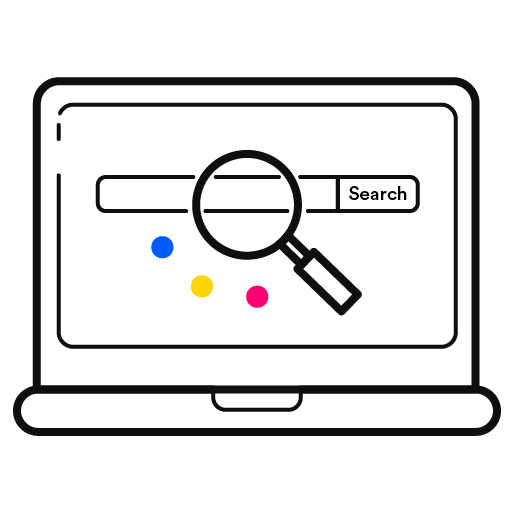
Semantic Search: Imagine typing a question into a search engine and receiving an answer that not only matches a few keywords but also truly understands your query. This is what GPT-powered semantic search can do. GPT can sift through the noise to find the precise information you're looking for. For example, suppose you search for "ways to combat climate change," instead of getting a list of articles that are vaguely related to climate change, GPT can guide you to specific actions and current initiatives that address your concern.

Content Generation: GPT's language generation technology can create content in a specific style or tone that suits your brand. It can generate engaging social media captions, informative blog posts, and even entire novels. For instance, digital marketing agencies can use GPT to create a series of blog posts that maintain the voice of their client's brand. This ensures consistent and high-quality output while saving countless hours in the writing process.
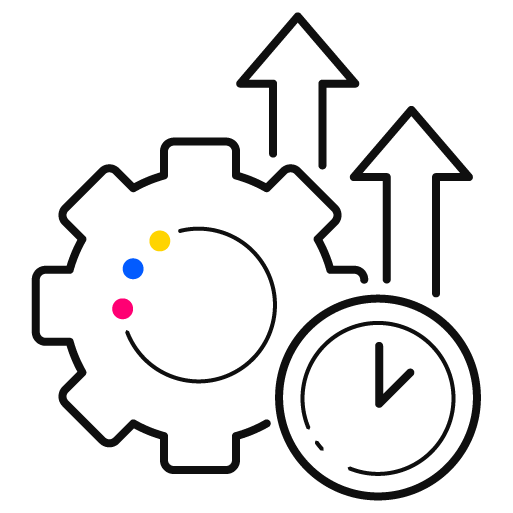
Productivity Boosters: GPT can fulfill your wish for a personal assistant capable of handling the mundane parts of your workday. It's like having an invisible colleague who can draft your emails, compile data into comprehensive reports, or generate snippets of code based on simple instructions. For instance, a developer could request GPT to convert a description of an app feature into workable code fragments, accelerating the development process and providing more time for refining the user experience.

Translation: GPT is an advanced language model that can do more than just literal translations. It can interpret the meaning and context of a text, making it possible to craft content that resonates with cultural nuances and local expressions. This makes GPT a valuable tool for businesses seeking to expand globally. By using GPT, businesses can create content that is not only translated but also localized to better cater to an international audience. For instance, a travel website could use GPT to provide destination guides incorporating local slang, humor, and regional knowledge, making the content more appealing and relevant to the target audience.
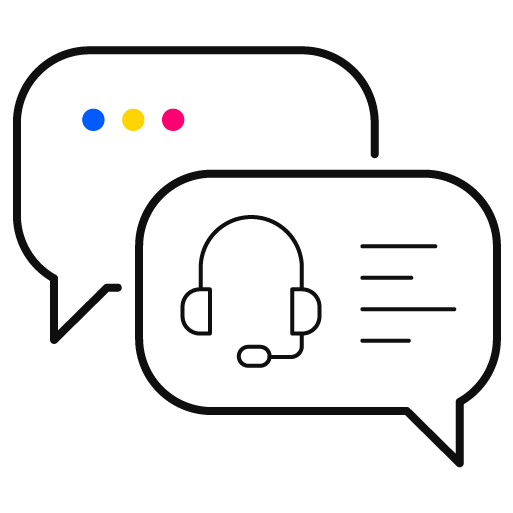
Chatbots and Virtual Assistants: GPT is transforming the field of customer service by empowering chatbots and virtual assistants that surpass the basic, scripted bots of the past. These advanced AI conversationalists can interpret and respond to complex queries, provide personalized recommendations, and assist users with a high degree of understanding and nuance. For example, a virtual shopping assistant can not only recommend products based on your shopping history but also offer styling advice or suggest complementary items, just like a human sales assistant would.

Data Analysis: GPT's capabilities can be extended to the realm of big data, where it can analyze and provide insights from large datasets. This can significantly impact fields such as finance, healthcare, or market research, where GPT can identify trends, make predictions, or even generate data visualizations. For a business analyst seeking to extract insights from sales data, GPT can summarize the key findings, highlight trends, and suggest actionable strategies. It can also sift through more data than a human could handle in the same timeframe.
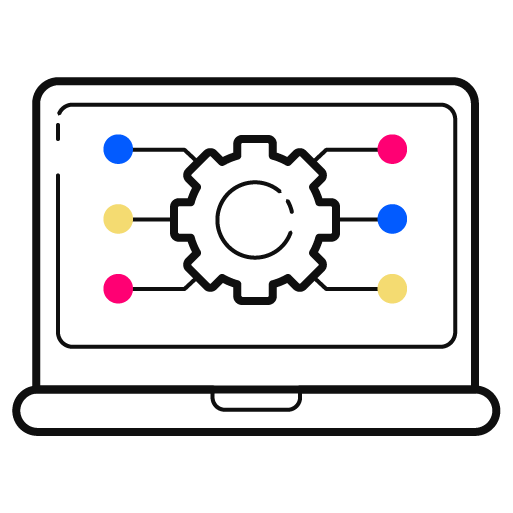
Learning Aid: GPT is revolutionizing employee training by creating a highly personalized learning experience. Imagine a system where employees receive customized tutorials and simulations relevant to their role and are provided with adaptive feedback and progress tracking. AI-driven training can identify areas where an individual needs improvement, offer various explanatory models, and evolve with the employee's learning curve. This brings efficiency to professional growth and encourages a culture of continuous learning within the organization.
Benefits of GPT
The emergence of the Generative Pre-trained Transformer in the market is transforming industries by revolutionizing traditional business processes with its exceptional proficiency in completing language-based tasks. Below are some detailed advantages highlighting why GPT is a game-changer across various sectors.
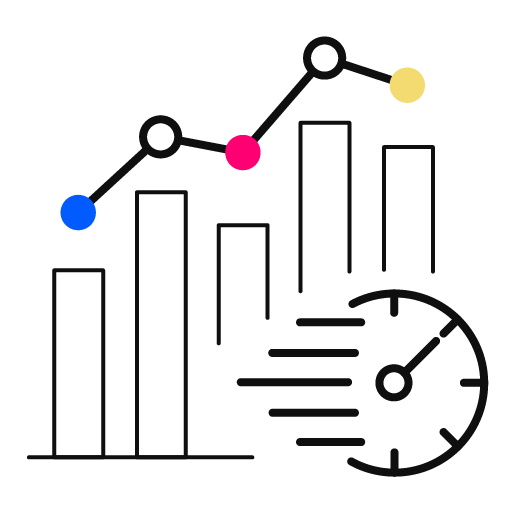
Efficiency and Speed
By utilizing GPT's capabilities, tasks that used to consume several hours of the workday can now be completed in a fraction of the time. For example, a content writer who writes multiple articles daily can generate initial drafts of these articles in minutes with GPT, leaving them with enough time to refine and add their personal touch to the content.
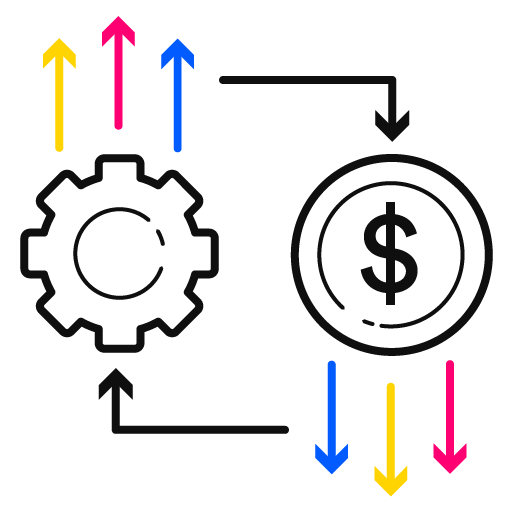
Cost-Efficiency
In customer service, GPT offers a solution that enhances quality and performance across different markets. By empowering chatbots with advanced AI capabilities, GPT enables customer support teams, particularly those in lower-cost regions, to provide service without sacrificing quality. This not only helps maintain a high standard of customer experience but also ensures that service is consistent and readily accessible 24/7. As these intelligent systems handle routine inquiries, human agents can focus on tackling complex or sensitive issues, leading to efficient resource allocation.

Scalability
GPT is allowing businesses to scale up their customer support efforts significantly. It can manage an increasing volume of customer interactions swiftly and effectively, ensuring high-quality responses without the proportional rise in staffing or extended wait times. This scalability means customer inquiries can be addressed promptly across various platforms, from live chat on websites to social media responses, enhancing overall customer experience and satisfaction.

Personalization
Equipped with the ability to understand context and variations in language, GPT can produce personalized responses and content that resonate with specific audiences. For instance, if a company wants to engage customers in a particular niche, GPT can be fine-tuned to reflect that demographic's linguistic quirks and preferences, creating a sense of one-to-one dialogue. A streaming service, for example, could use GPT to generate custom movie recommendations with language that reflects the individual user's viewing history and preferences, enhancing user engagement and satisfaction.
Limitations of GPT
While GPT's capabilities are considerable, it's essential to acknowledge the limitations and challenges of such an advanced AI system.
- Data Bias and Hallucination: GPT can perpetuate biases present in the training data and generate plausible-sounding but entirely fictional information, leading to inaccuracies in critical applications like medical advice or legal information.
- Data Security: GPT models require extensive data to function, raising privacy and security issues. Robust security protocols and continuous monitoring are necessary to prevent data breaches and protect sensitive customer information.
- Creativity Limits: GPT can emulate existing writing styles and ideas but may not achieve the level of original thought characteristic of human creativity.
- Ethical and Societal Impact: The dissemination of GPT has significant ethical and societal implications, as its capabilities could be used to generate deceptive content or spread disinformation, threatening information integrity.
To ensure the responsible use and successful future of GPT, a layered approach that includes rigorous content audits, guiding ethical standards, and human oversight is crucial, and the technology's continual development must be accompanied by measures from developers, policymakers, and industry leaders.
AssistAI: A More Human AI
TaskUs has over 10 years of experience working alongside leading technology companies and, more recently, with Generative AI developers. This has given Us a profound understanding of the potential of GPT artificial intelligence, particularly in enhancing operational workflows and driving innovation. That's where AssistAI comes in. It’s a customized AI solution designed to empower businesses with the precision and ingenuity of GPT technology tailored to meet the unique demands of any industry.
AssistAI combines the cutting-edge capabilities of GPT with a human-centric approach to deliver intelligent and practical solutions. By integrating GPT's language processing power into business operations, TaskUs offers not just an AI tool but a versatile AI partner that adapts to sector-specific lexicons, workflows, and objectives. It understands the context of your needs, speaks the language of your industry and customers, and works alongside your teams to optimize results.
What sets AssistAI apart is the symbiotic relationship between AI and human intelligence. This human-in-the-loop model ensures that while AssistAI handles the heavy lifting of data processing and automated responses, our experts provide the nuanced oversight, verification, and creative input needed to navigate complex scenarios and maintain quality control. In the face of AI challenges such as data bias and ethical concerns, AssistAI mitigates risk through vigilant monitoring and human engagement. The model is trained with your own data and knowledge base, ensuring outputs that are unbiased, accurate, and will never hallucinate.
Now is the perfect time to explore what AssistAI and TaskUs can offer your business. Whether it's scaling your operations, deepening customer engagement, or revolutionizing service delivery, our blend of advanced AI and industry expertise places your business at the forefront of innovation. Get in touch, and together we'll provide a guide to your Generative AI journey.
References
We exist to empower people to deliver Ridiculously Good innovation to the world’s best companies.
Useful Links


